Hot Products
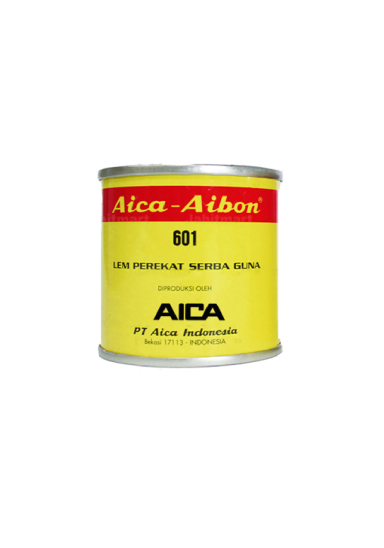
Aibon 601 (70 gr)
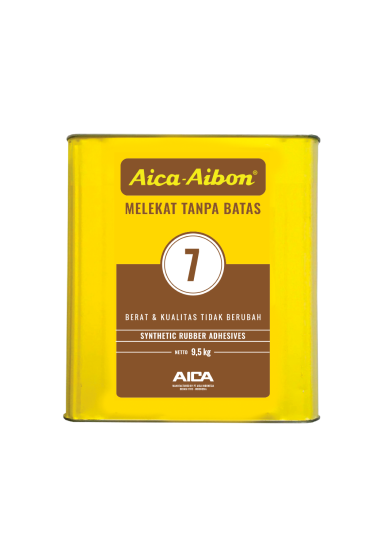
Aibon 7 (9.5 kg)
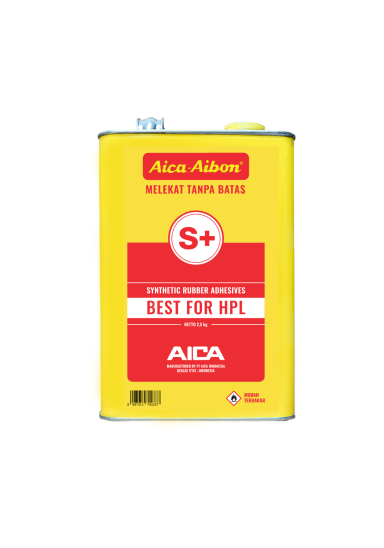
Aibon S+ (2.5 kg)
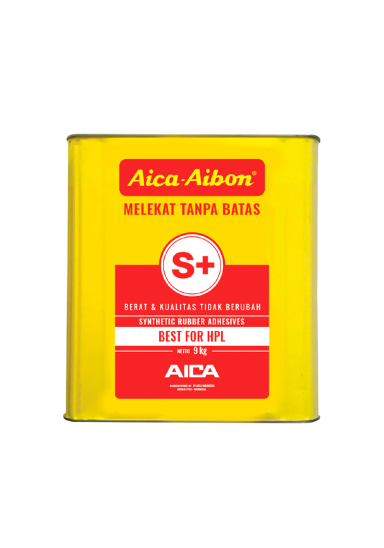
Aibon S+ (9 kg)
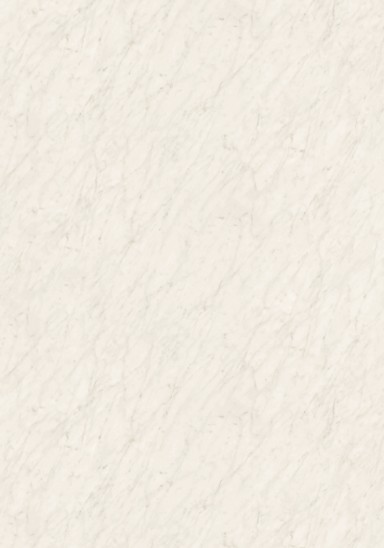
HAK-14038-ZM83
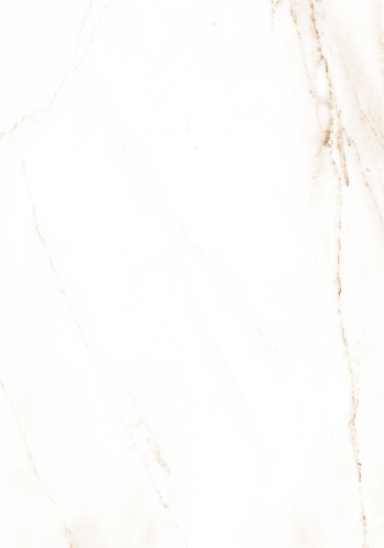
XKAF-14198-ZMN
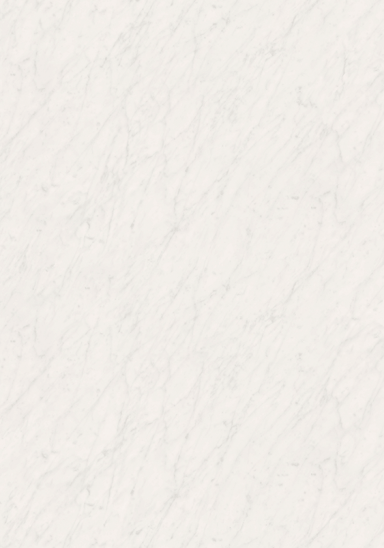
XKAF-14038-ZMN
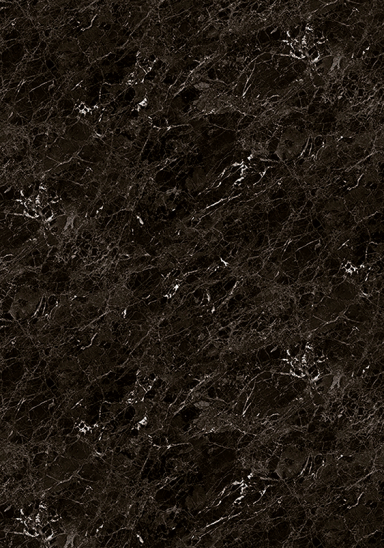
XKAF-14040-ZMN
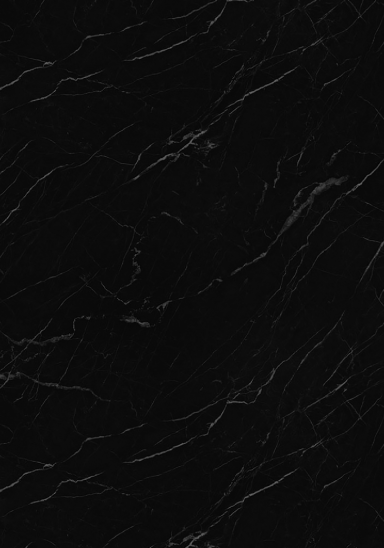
XKAF-14146-ZMN
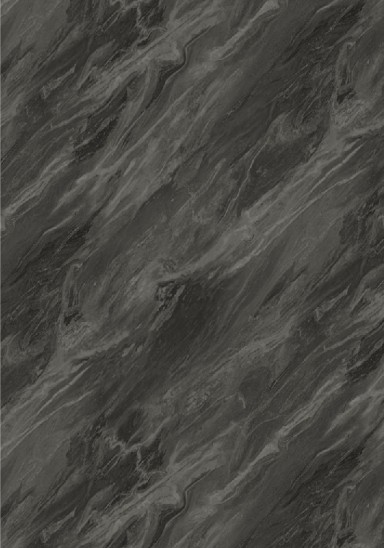










In the world of furniture and interior design, HPL (High Pressure Laminate) glue is a crucial material for ensuring neat, sturdy, and long-lasting workmanship. This glue is commonly used to bond HPL layers to wood, MDF, multiplex, or particleboard surfaces. However, craftsmen and carpenters often encounter problems such as moldy, poorly adhered glue, or weakened adhesive strength over time.
To achieve optimal finishing results, it's important to understand the causes of these problems and how to fix them.
Contact adhesive is inherently sensitive to environmental conditions. If the storage area or work area is too humid, mold will easily grow on the glue surface. This reduces adhesion because the glue surface becomes covered with a fine layer of mold.
Glue left in an open can or not tightly closed is more likely to become contaminated by air, dust, and water vapor. This condition can cause discoloration and make the glue more susceptible to mold.
When the wood or MDF used still has a high moisture content, the water vapor will react with the HPL glue. As a result, the glue can change color, cause stains, or even mold in certain areas.
Wood or HPL surfaces that are still dusty, oily, or slippery will prevent the glue from adhering properly. This contamination creates a barrier between the glue and the material.
HPL glue requires a fairly even layer on both surfaces (the wood substrate and the HPL). If the layer is too thin, the adhesive strength will automatically decrease.
Solvent-based HPL glue usually requires a waiting time (open time) before the two surfaces are attached. If applied too quickly, the glue will still be wet, weakening the adhesive strength. Conversely, if left too long, the glue can dry out and lose its adhesive strength.
Not all yellow glues have the same formula. Low-quality glues are often thinner, turn yellow quickly, and don't have a long-lasting adhesive.
Choose a trusted brand of glue specifically formulated for HPL applications. Good-quality glue is usually more mold-resistant, less prone to yellowing, and has high adhesive strength.
Make sure the glue can is always tightly closed after use. Store in a cool, dry place, away from direct sunlight to prevent deterioration.
Before applying glue, ensure the wood or HPL surface is dry, dust-free, and free from oil. Use a dry cloth or special rag to clean it.
Use a brush, roller, or spray gun to spread the glue evenly across both surfaces. Ensure the thickness is sufficient, not too thin or too thick.
Follow the manufacturer's instructions regarding the waiting time before bonding the two surfaces. It usually takes about 10–15 minutes until the glue no longer feels wet to the touch.
After applying, use a roller or press to ensure the surface adheres firmly and there are no air gaps.
Problems with moldy or poorly bonded yellow HPL glue often arise from environmental factors, improper storage, and technical errors during application. By choosing high-quality glue, storing it properly, and paying attention to application techniques, the results of your HPL installation will be optimal, long-lasting, and neat.
To avoid problems like mold, stains, or weak adhesion, always use a trusted HPL glue that meets standards. This will ensure the long-term quality of your furniture and interior.
-
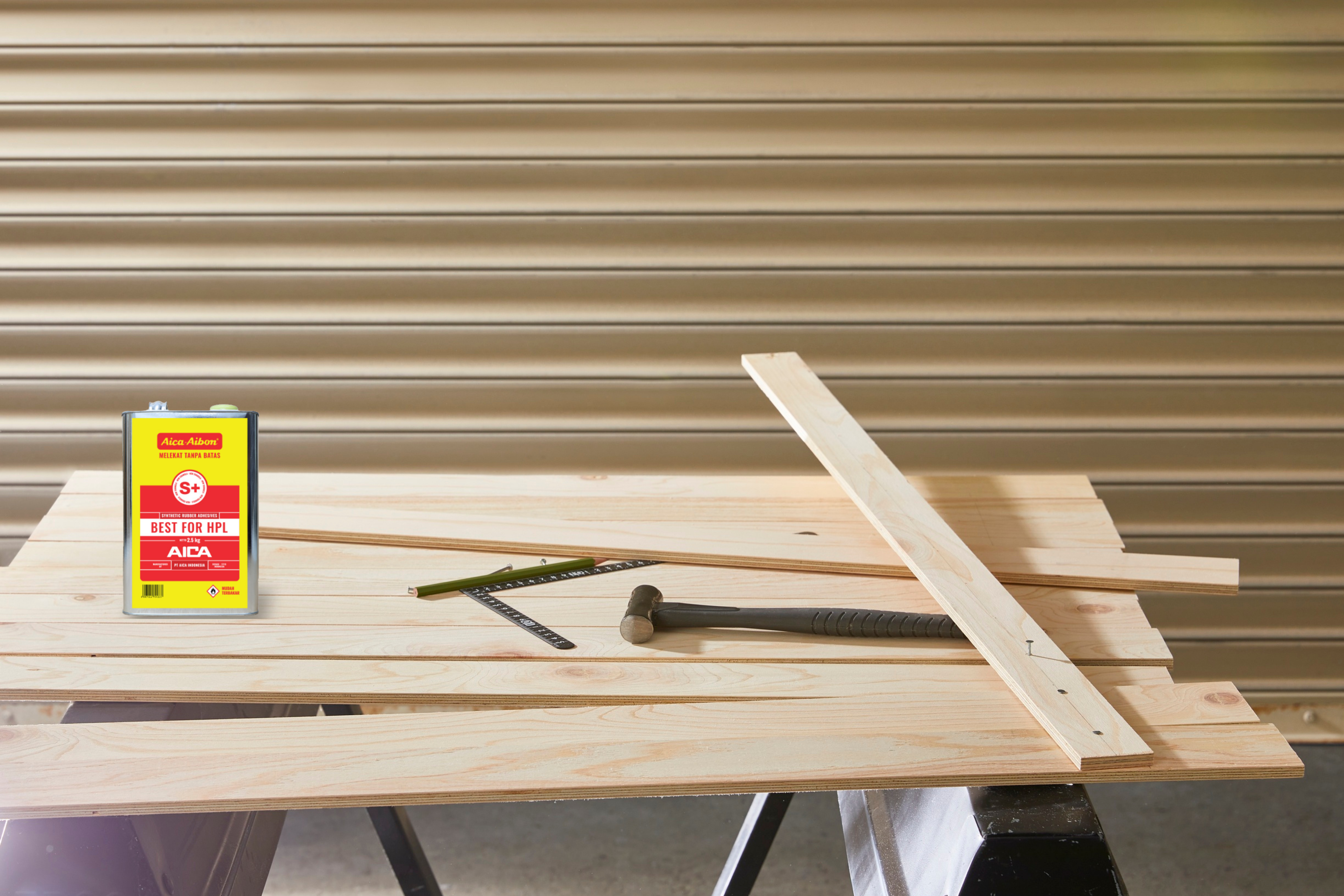
Aica Aibon S+ is a Japanese-quality HPL glue produced by PT AICA Indonesia, a trusted yellow glue manufacturer since 1974. Get maximum adhesion by using the best yellow glue from AICA. Learn more about Aica Aibon S+ through the AICA Indonesia Official WhatsApp.
Check the purchase location of Aica Aibon S+ in the AICA Indonesia agent network.
SHARE